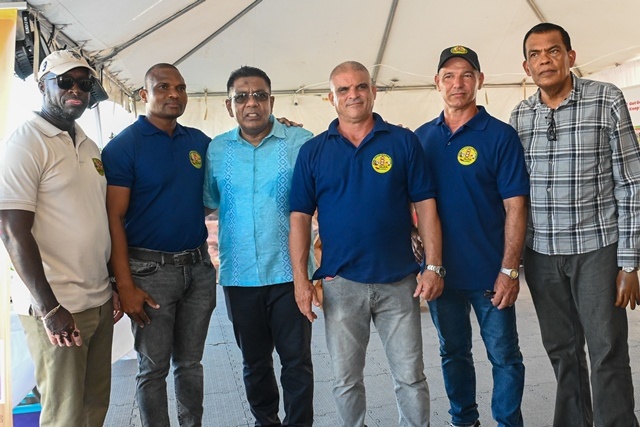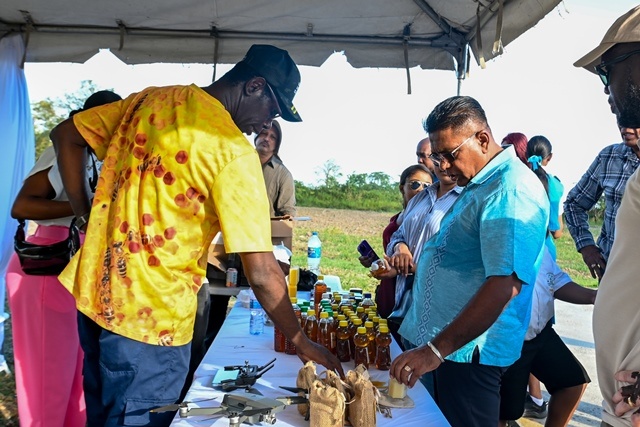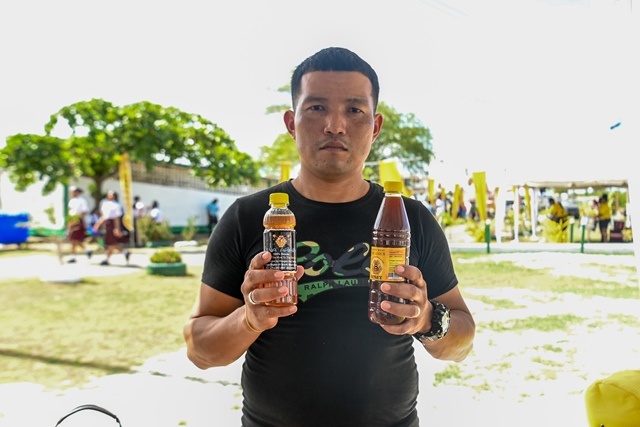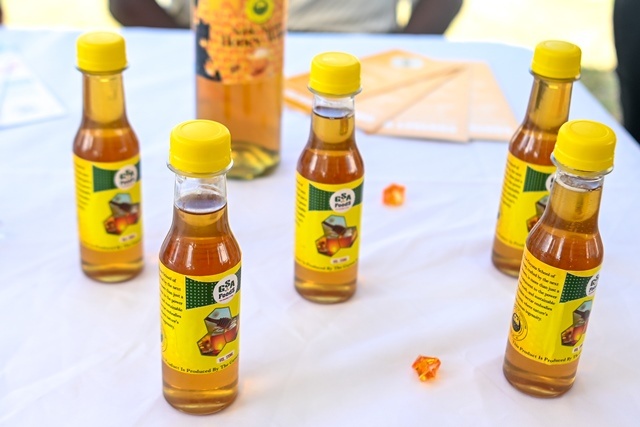Guyana has been experiencing major success in honey production, having already produced approximately 18,000 gallons of honey as of October this year.
This is according to the Minister of Agriculture, Zulfikar Mustapha on Friday afternoon at the first-ever honey fest hosted at the Guyana Livestock Development Authority (GLDA) at Mon Repos.

Minister Mustapha said this drastic increase is due to the renewed interest in the apiculture industry and significant investment by the government.
“I am hoping that by the end of the year, we will increase that 18,000-gallon mark. Imagine this was increased from 2,000 gallons in 2023 to 18,000 gallons by the end of October of 2024,” the minister stated.
Last year the government invested over $200 million in the apiculture industry. Over 5,000 hives were also distributed to potential honey producers across the country.
In addition, GLDA has been working with apiculture specialists from Cuba to enhance the local industry. These experts have been training individuals in bee rearing and honey production, including local participants from various regions across the country.
“We have targeted a number of areas in our country to ensure that we create economic benefit for people living in those communities and most importantly for them to produce honey of high standard,” Minister Mustapha pointed out.
With Guyana’s vast land space, the country is poised to continue to produce different types of honey from bees that are located in diverse areas such as mangroves and forested areas.
Director General of the ministry, Madanlall Ramraj stressed that the expansion of the honey industry is one of the many initiatives implemented by the government to boost agricultural production and achieve CARICOM’s 25 per cent by 2025 food security goal.
“It is important to recognise the invaluable role that honey bee plays in our ecosystem. They go beyond producing honey, they support our agricultural system and ensure the abundance of the crops that we rely on for food security,” the director general said.
According to Madanlall, tapping into the potential of honey production in hinterland and riverine communities aligns with the Low Carbon Development Strategy (LCDS).
This approach sets a precedent for responsible resource management and fosters economic empowerment.
In Guyana, approximately nine per cent of honey is sold to local consumers. It is also exported to other countries including Barbados and St Kitts and Nevis.








